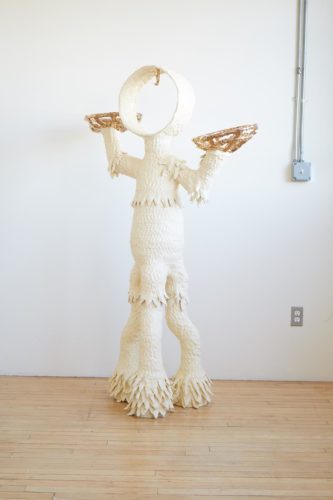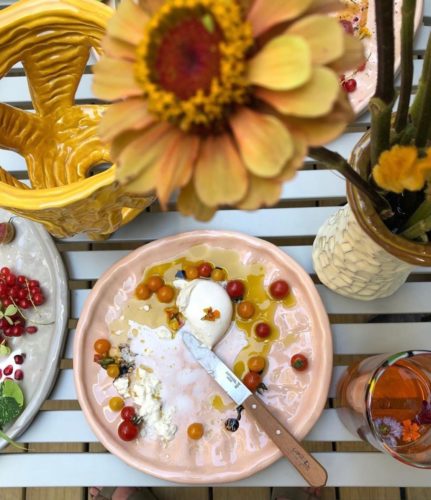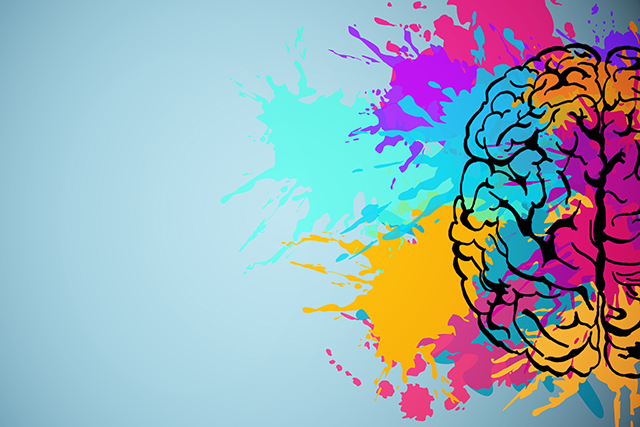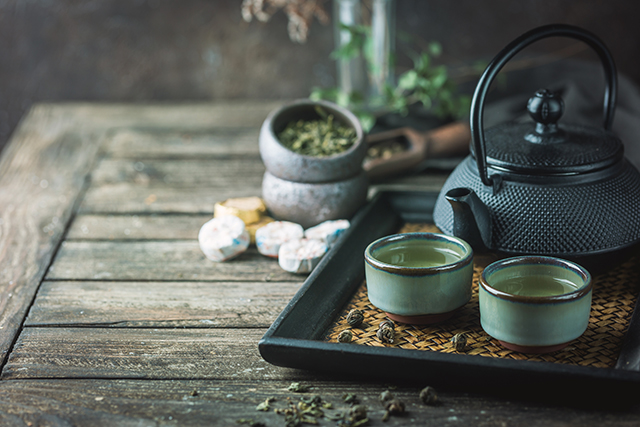As COVID-19 wreaks havoc the globe over, people are scrambling to maintain any sense of normalcy. And while these are trying, unprecedented times, it’s not unusual for us to experience periods of procrastination or feel a lack of creative juices. Viral pandemic or not, here are some ideas to get creating when it feels like your head is blank.

Start fresh
Sean Gerstley, a Philadelphia-based ceramic artist (and my brother) who graduated from the Rhode Island School of Design, has made a career out of creativity. Before Sean begins a new project, he spends quality time clearing clutter, both mentally and physically.
“Picking up habits from school, the ceramics department used to make us get rid of everything after every semester,” explains Sean. “Once an area is clean, you have an empty space that you could fill up instead of looking at and getting caught up in your past work.”
The very act of cleaning clears your headspace and helps you symbolically move on from the old and open up space to usher in the new. More than just for creativity and productivity, Sean believes cleaning at home helps you meet daily challenges with more clarity.
“I don’t think the benefits are just career-related. Doing the chores at home helps you recharge and feel better about the day ahead,” shares Sean.
A fresh start and a clean space feel good. The most common “fresh start effect” happens on January 1, but you can create your own fresh start whenever you want. Why not try it with a deep clean of your space this spring (as we practice our social distancing)? You might be surprised at how good it feels, not just physically, but mentally.
Get outside of your head
Sometimes, not even cleaning your space helps free your headspace. If there’s too much mental clutter, fatigue, or just general noise, it’s best to just get the idea out of your head. Present it in its current form and try to dissect it: what works and what doesn’t work?
Disney and Pixar film creators do similar processes when working on blockbuster animated films. Movies are screened countless times throughout the development process, taken apart, and put back together to see what’s really working, and what isn’t.
While most of us don’t have a team with near boundless resources like Disney does, you’re sure to have a close confidant or two. Share your idea often and communicate it thoroughly: by bouncing ideas off of others, you get the idea out of your head while getting some valuable, honest feedback.
Disney and Pixar studios are motivated by the motto “be wrong fast” and you can be too! Share your ideas and collaborate with others to get the best results quickly. It doesn’t matter if your original idea needs a lot of work; getting the idea out helps identify where and how to improve it.

Limit distractions and take breaks
Whether it’s bona fide chaos or just exhaustion making it difficult for you to be creative, it is important to limit distractions to find your best ideas. Sitting at your desk on social media is a nice reprieve from the stresses of the world, and it may even spark some ideas, but overall, social media and phone use disrupt your brain’s creative process.
“There’s something to be said for fully focusing completely on the task at hand,” said Sean. “Ideas might not come quick, but by trying to work through what you have without giving in to distractions, you can dig to find deeper meanings or even new directions to go in.”
You need to give yourself (and your brain) the chance to think and grapple with what needs to be done. It’s next to impossible to do that well if you’re constantly procrastinating and scrolling through social media. But sometimes, the mojo isn’t right, and that’s ok!
“Taking a step back can be just as productive as leaning in,” shared Sean. “Stepping back gives you space to catch your breath and when you return to the canvas or to your idea, you’re filled with new perspectives and insights that can fundamentally improve your product.”
The trick, of course, is to know when each tactic would be best used. Start with cleaning your space and forcing a fresh start. Bounce some ideas off coworkers and friends to find out what’s working and what’s not. Lean in and focus up to see what you can come up with, or take some time to take a deep breath and reassess. Creativity is not a skill, it’s a learned habit that comes from sticking to processes like these!









